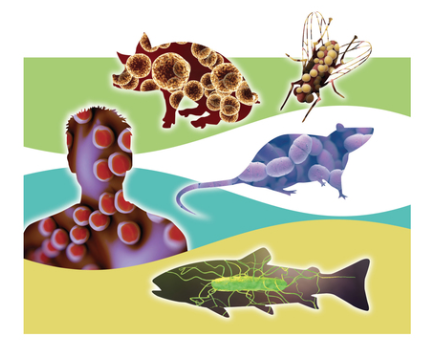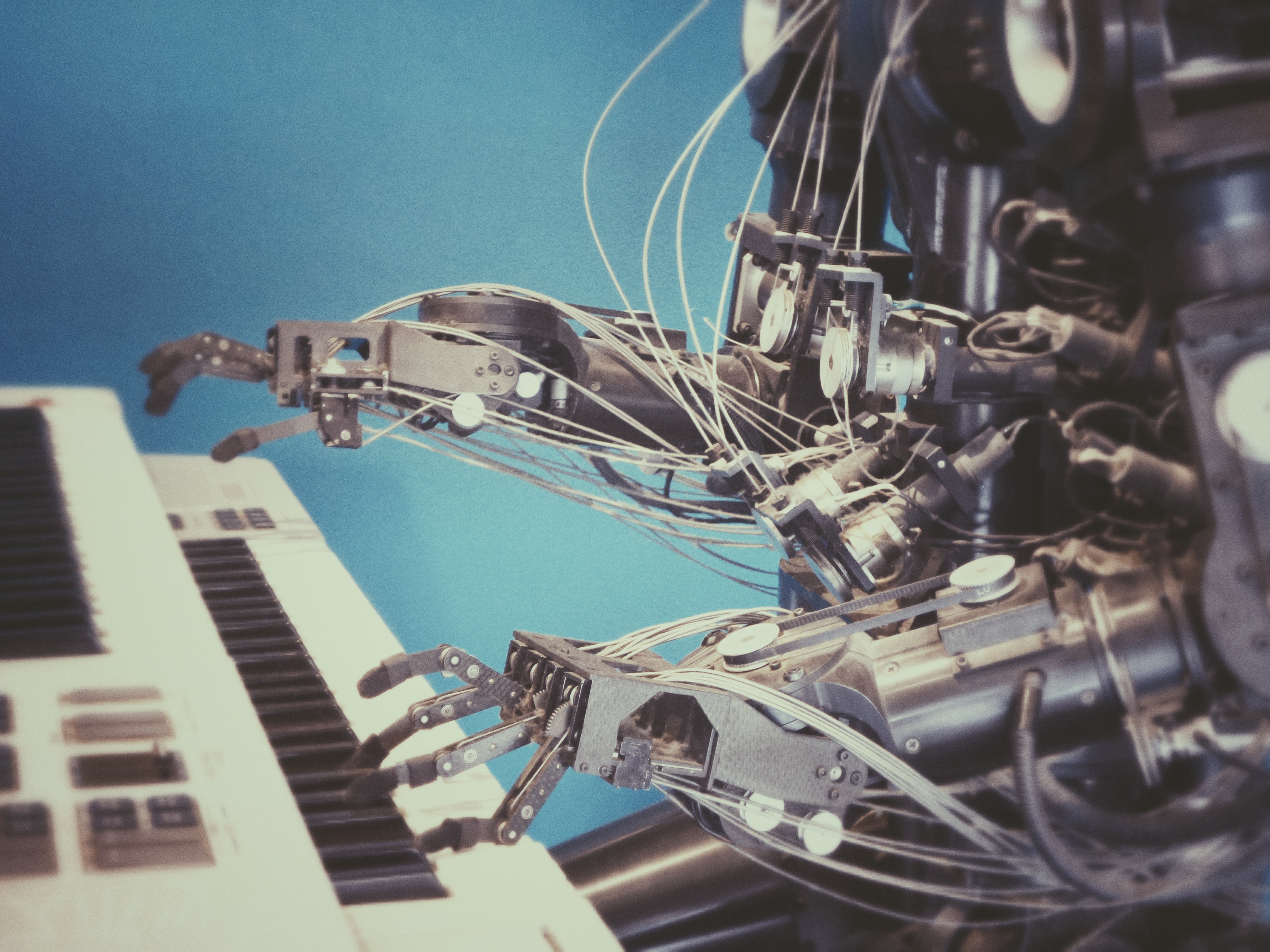Cities have experienced an unprecedented rate of growth in the last decade, and this continued growth highlights the importance of a sustainable future. More than half the world’s population lives in urban areas, with the U.S. percentage at 80 percent. Cities have captured more than 80 percent of the globe’s economic activity and offered social mobility and economic prosperity to millions by clustering creative, innovative, and educated individuals and organizations. Clustering populations, however, can compound both positive and negative conditions, with many modern urban areas experiencing growing inequality, debility, and environmental degradation. Our reports recommend strategies and pathways that will aid in the ongoing development of urban planning.
Pathways to Urban Sustainability: Challenges and Opportunities for the United States
Cities have experienced an unprecedented rate of growth in the last decade. More than half the world’s population lives in urban areas, with the U.S. percentage at 80 percent. Cities have captured more than 80 percent of the globe’s economic …
Urban Forestry: Toward an Ecosystem Services Research Agenda: A Workshop Summary
Much of the ecological research in the past decades has focused on rural or wilderness areas. Today, however, ecological research has been taking place in our cities, where our everyday decisions can have profound effects on our environment. …
Livable Cities of the Future: Proceedings of a Symposium Honoring the Legacy of George Bugliarello
At the beginning of the 20th century an estimated five percent of the world’s population lived in cities. Today, half the world’s population is urbanized. Urban sustainability is multifaceted and encompasses security, economics, environment and …
In the devastation that follows a major disaster, there is a need for multiple sectors to unite and devote new resources to support the rebuilding of infrastructure, the provision of health and social services, the restoration of care delivery …
Communities in Action: Pathways to Health Equity
In the United States, some populations suffer from far greater disparities in health than others. Those disparities are caused not only by fundamental differences in health status across segments of the population, but also because of inequities …
Transportation Systems for Livable Communities
TRB’s Conference Proceedings on the Web 6: Transportation Systems for Livable Communities summarizes the results of an October 2010 conference that explored the challenges of incorporating livability into transportation programs and …






























 Microorganisms are continually with and around us. They reside outdoors in soil and water and coexist indoors where people live and work. They are found in and on pets, plants, and rodents; in water; in dirt tracked indoors on shoes; and in the air that enters buildings. Microorganisms also live on human skin and in systems such as the digestive tract.
Microorganisms are continually with and around us. They reside outdoors in soil and water and coexist indoors where people live and work. They are found in and on pets, plants, and rodents; in water; in dirt tracked indoors on shoes; and in the air that enters buildings. Microorganisms also live on human skin and in systems such as the digestive tract.








 This year marks the 10th anniversary of our influential book, Retooling for an Aging America: Building the Health Care Workforce. It called for bold initiatives to train all health care providers in the basics of geriatric care and to prepare family members and other informal caregivers, who might receive little or no training in how to tend to their aging loved ones. Retooling for an Aging America and our other publications remain essential resources for the care of our aging population.
This year marks the 10th anniversary of our influential book, Retooling for an Aging America: Building the Health Care Workforce. It called for bold initiatives to train all health care providers in the basics of geriatric care and to prepare family members and other informal caregivers, who might receive little or no training in how to tend to their aging loved ones. Retooling for an Aging America and our other publications remain essential resources for the care of our aging population.











 Join us in celebrating National Library Week! It’s important to recognize the librarians who continuously work to provide open access to books, other print resources, and digital media. In an effort to support this initiative, we’re proud to say we’ve been offering free PDF downloads of our reports since 2011.
Join us in celebrating National Library Week! It’s important to recognize the librarians who continuously work to provide open access to books, other print resources, and digital media. In an effort to support this initiative, we’re proud to say we’ve been offering free PDF downloads of our reports since 2011.



































